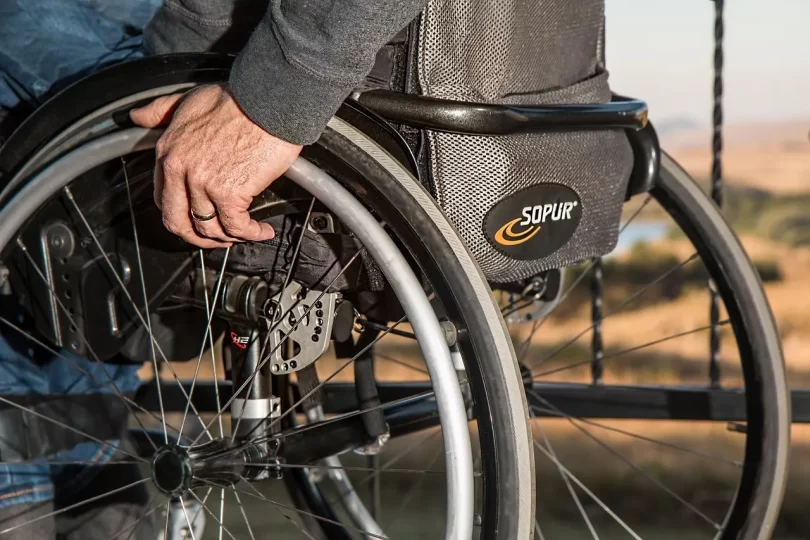Personal injury claims are incredibly common in the United States, with approximately 400,000 cases filed each year, primarily in state courts. What many people don’t realize is that more than one-third of plaintiffs in these cases have pre-existing medical conditions. This means if you have a prior health issue, you’re certainly not alone in wondering how it might impact your claim.
The presence of a pre-existing condition doesn’t automatically disqualify you from seeking compensation for your injuries. However, it does add complexity to your case that requires careful handling and clear documentation.
Contents
Common Pre-Existing Conditions That Affect Claims
Back problems represent one of the most frequent pre-existing conditions encountered in personal injury cases. Roughly 16 million adults, representing 8 percent of the entire adult population, suffer from persistent or chronic back pain that limits their daily activities. Back pain has become the sixth most expensive medical condition in the United States, highlighting both its prevalence and the significant impact it has on people’s lives.
Other common pre-existing conditions include arthritis, previous fractures, heart conditions, diabetes, and mental health issues such as anxiety or depression. Each of these can complicate how injuries from an accident are evaluated and compensated. In such situations, you could use the help of a personal injury lawyer to navigate the legal complexities and ensure you receive fair treatment.
How Pre-Existing Conditions Affect Your Personal Injury Claim Value
The presence of a pre-existing condition can influence the value of your settlement in several ways. Insurance companies and defendants often argue that your current symptoms stem from your prior condition rather than the recent accident. This is known as the “apportionment” issue, where they attempt to separate what portion of your current problems existed before the accident versus what resulted from it.
Understanding the financial stakes involved is important. The average payout for personal injury claims hovers around $52,900, while federal cases tend to average higher at approximately $75,000. These figures demonstrate that significant compensation is possible, even with pre-existing conditions, when cases are properly presented.
The “Eggshell Skull” Rule: Your Legal Protection
Fortunately, the legal system recognizes a principle called the “eggshell skull” rule, which works in your favor. This doctrine states that defendants must take victims as they find them, meaning they’re responsible for all consequences of their actions, even if those consequences are more severe due to the victim’s pre-existing vulnerability.
For example, if you had a minor back problem that became severely aggravated after a car accident, the at-fault driver is still responsible for the full extent of your worsened condition, not just what a “normal” person might have experienced.
Building a Strong Case Despite Pre-Existing Conditions
Success in personal injury cases with pre-existing conditions hinges on thorough medical documentation. You’ll need comprehensive medical records from before the accident to establish your baseline condition, as well as detailed documentation of how the accident worsened your symptoms or created new problems.
Working with experienced medical professionals who can clearly articulate the difference between your pre-accident condition and post-accident symptoms is crucial. Expert medical testimony often becomes the cornerstone of these cases. A reputable personal injury attorney can help with this.
Having a pre-existing condition doesn’t mean you should accept less compensation or avoid pursuing a legitimate claim. With proper legal guidance and medical documentation, you can still achieve fair compensation for the additional harm caused by someone else’s negligence. Remember, the law is designed to protect victims, regardless of their pre-existing health status.







